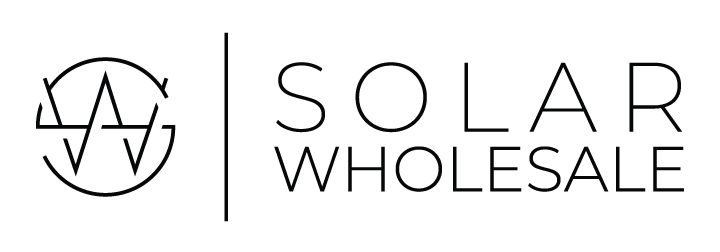There are a few major components in every solar array and solar inverters are one of them. Solar inverters are a crucial part of a solar array so it’s important to choose the right one for you and your needs. You don’t need to become an expert but some basic knowledge on how they work and pros and cons can help you along the way.
What Do Solar Inverters Do?
The purpose of inverters is to change DC (direct current) energy into AC (alternating current) energy. Basically, solar inverters turn the power produced by solar panels into usable electricity. Inverters act like a translator between your home and your solar panels. Your solar panels “speak” DC and your home speaks “AC.” Solar inverters help to translate between the two. Without solar inverters you wouldn’t be able to use the electricity produced by solar panels making inverters pretty dang important.
Some solar inverters also help to maximize the efficiency and track the performance of your solar panels thanks to their technology. Not all solar inverters are created equal though. There are 3 main types of solar inverters and each one has its own pros and cons.3 Types of Solar Inverters
The 3 types of solar inverters include: string inverters, power optimizers, and microinverters. We highly recommend using microinverters but the choice is yours.String Inverter
+ Easy maintenance + Durable and reliable – Poor monitoring abilityPower Optimizer
+ Panel output optimized + High level monitoring – Future expansion difficultMicroinverters
+ Panel output optimized
+ Future expansion easy – All electronics located on roof
